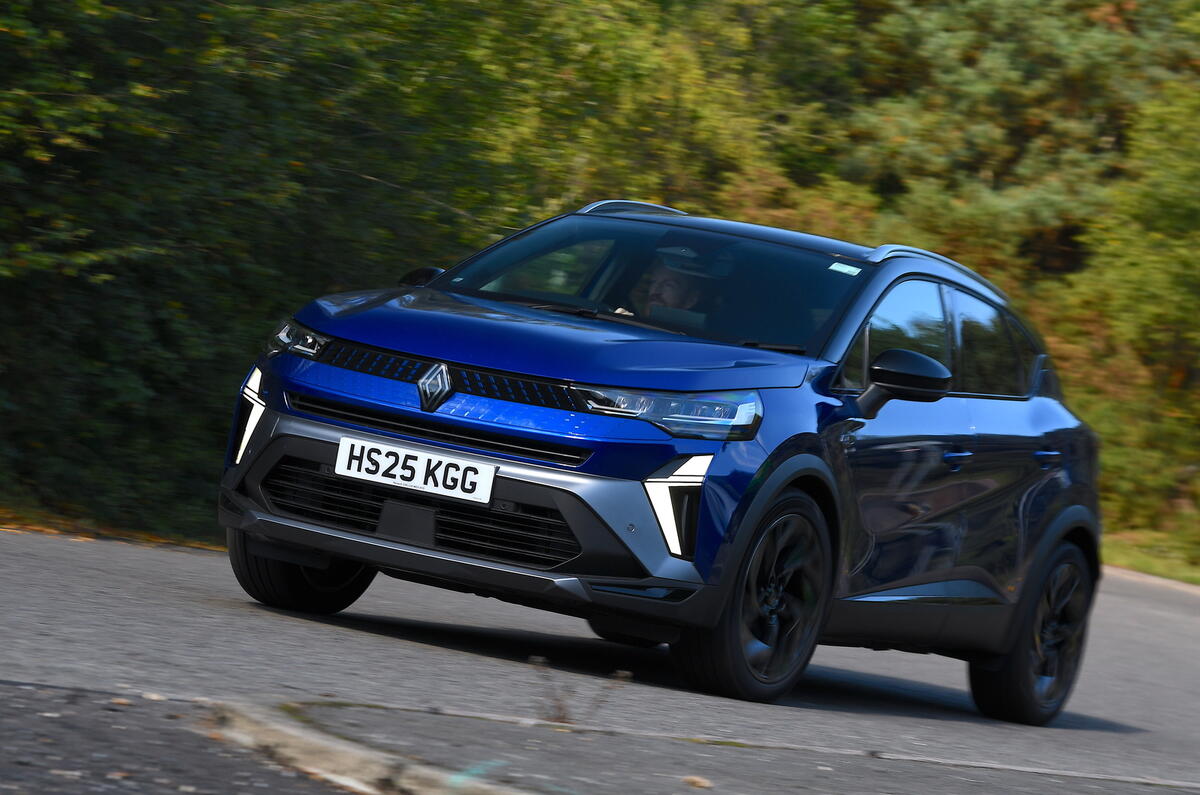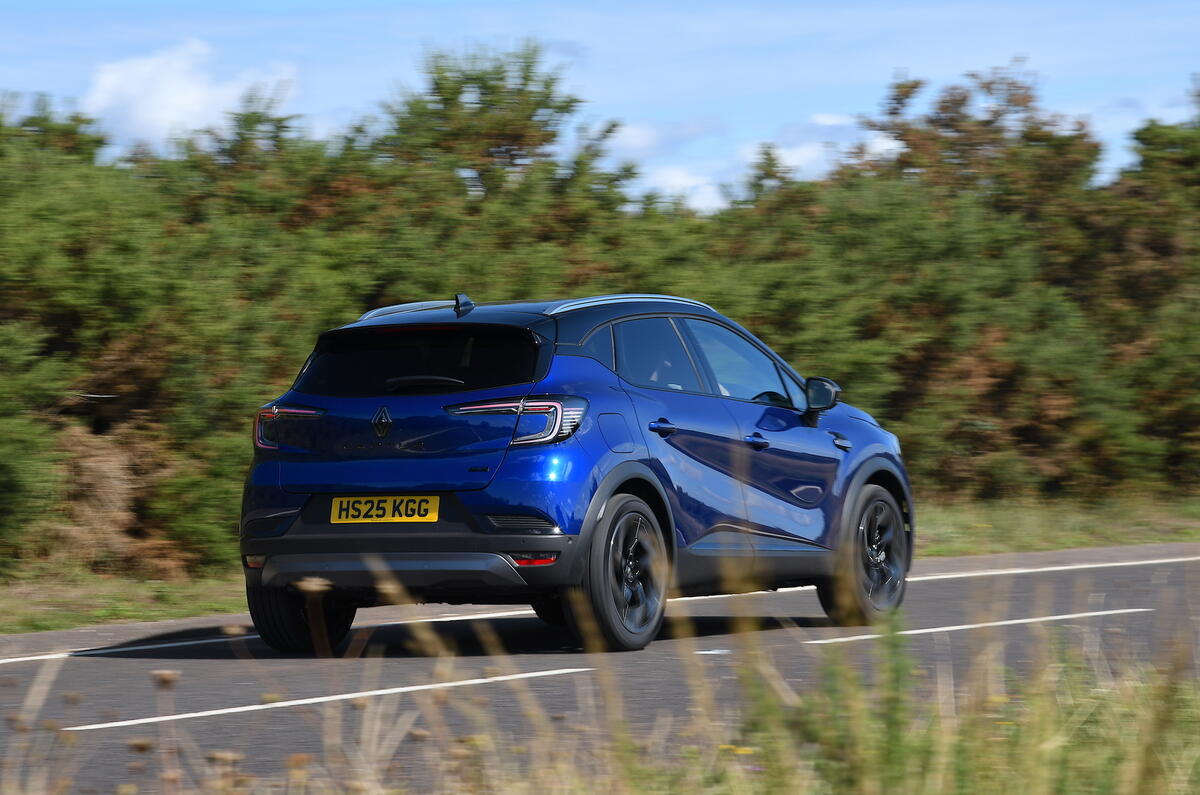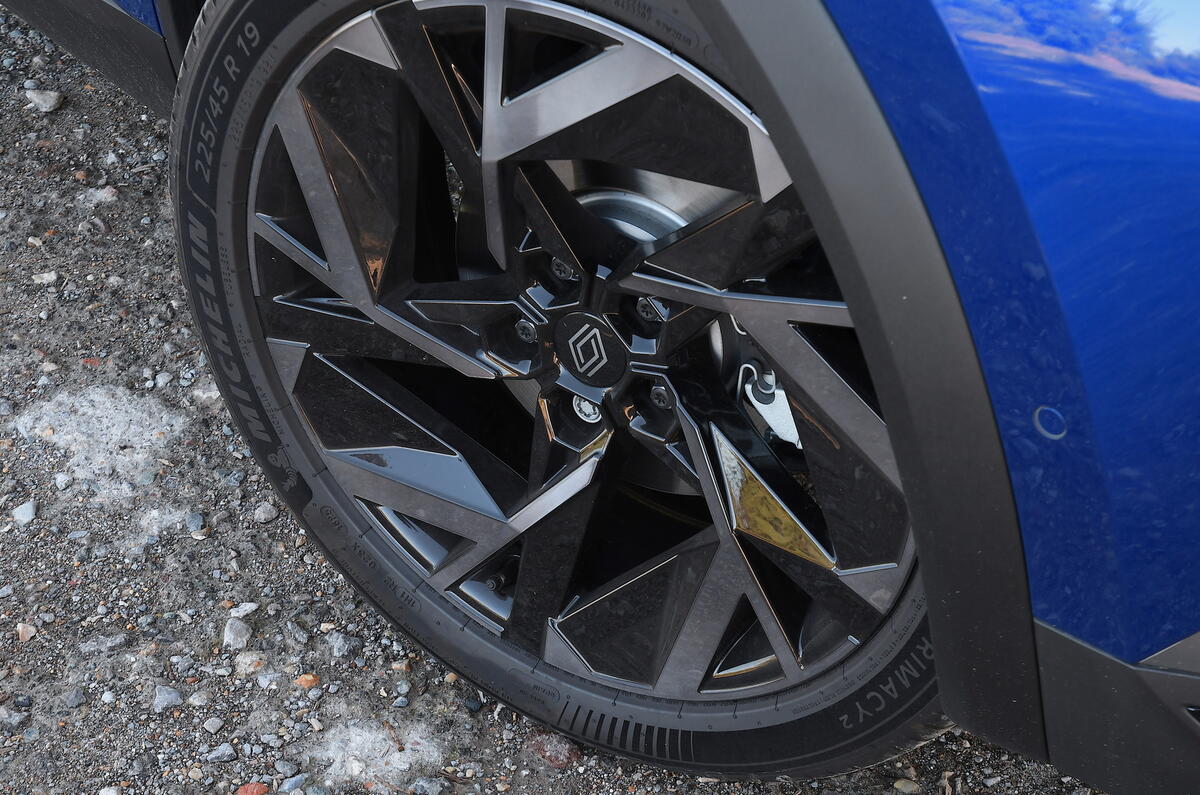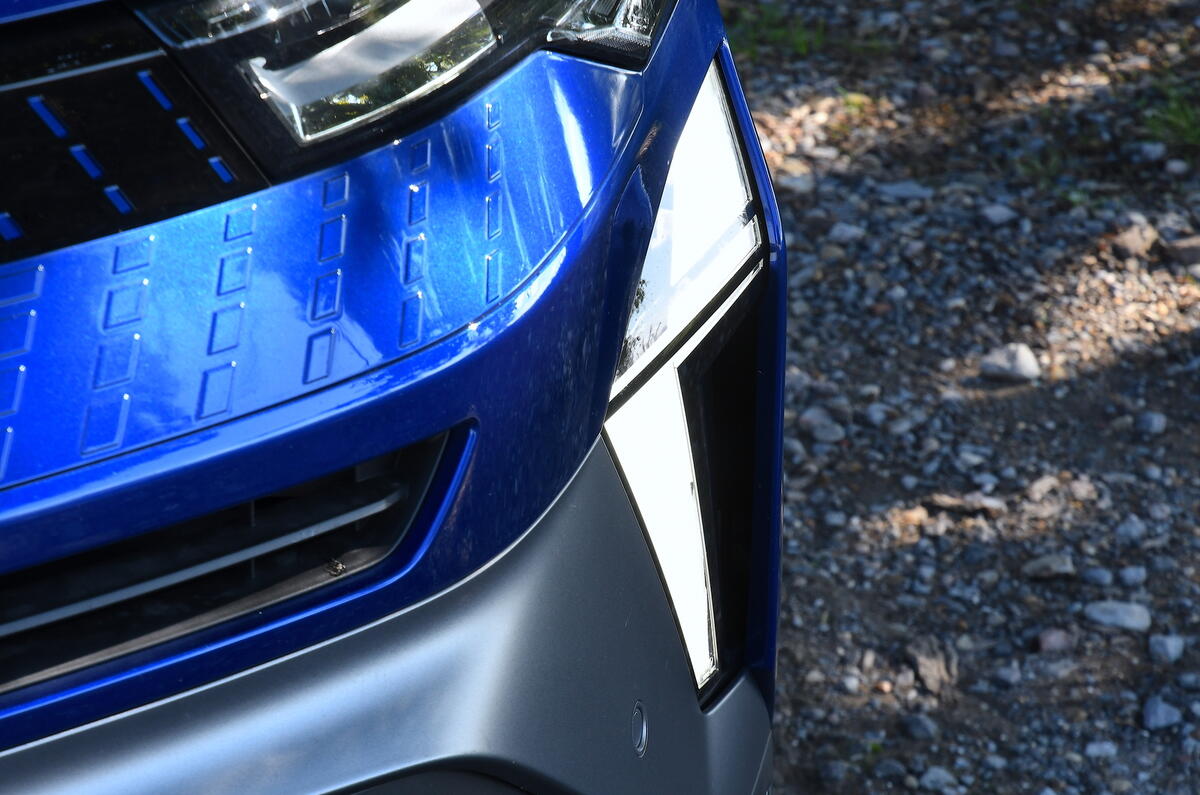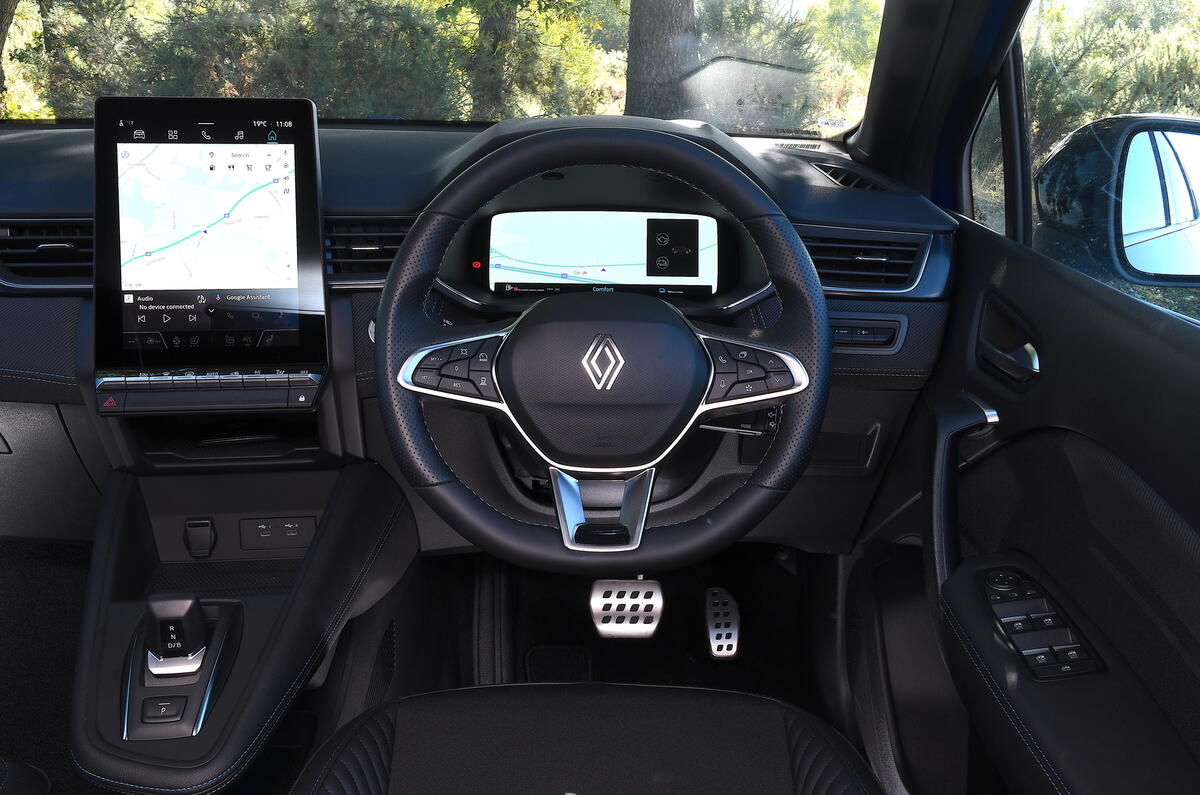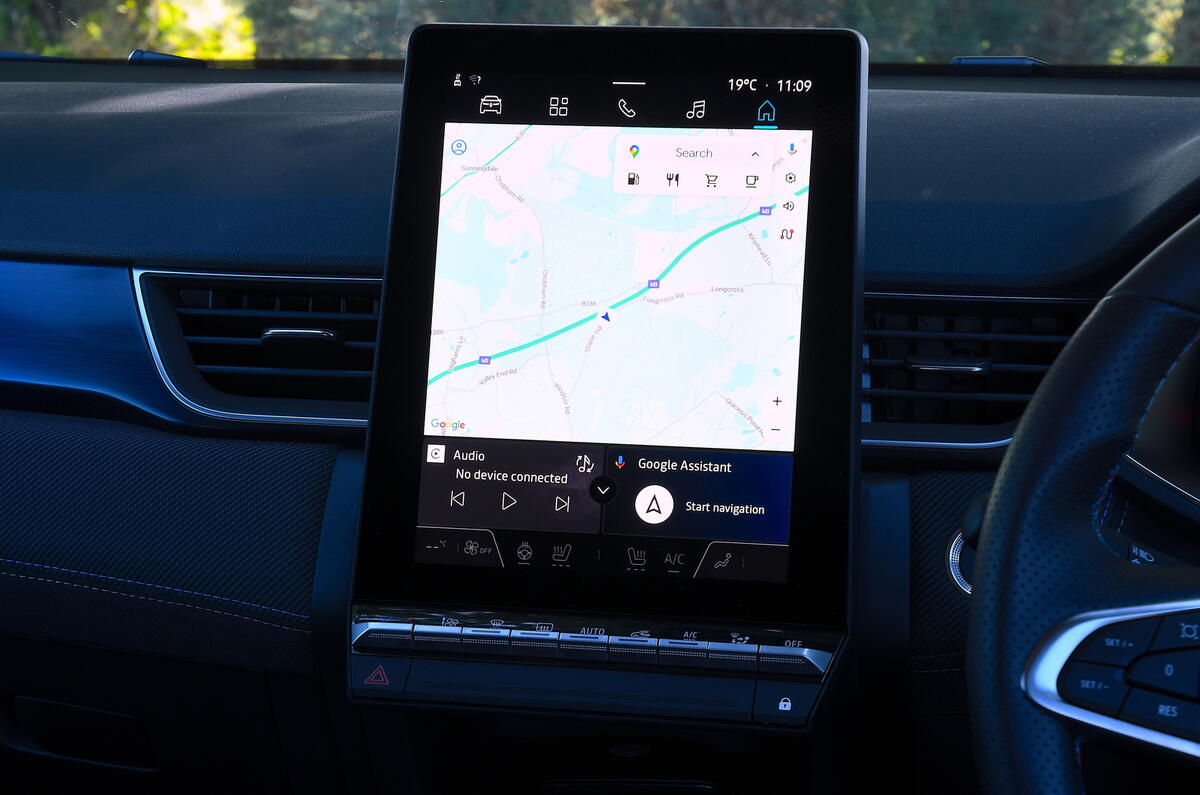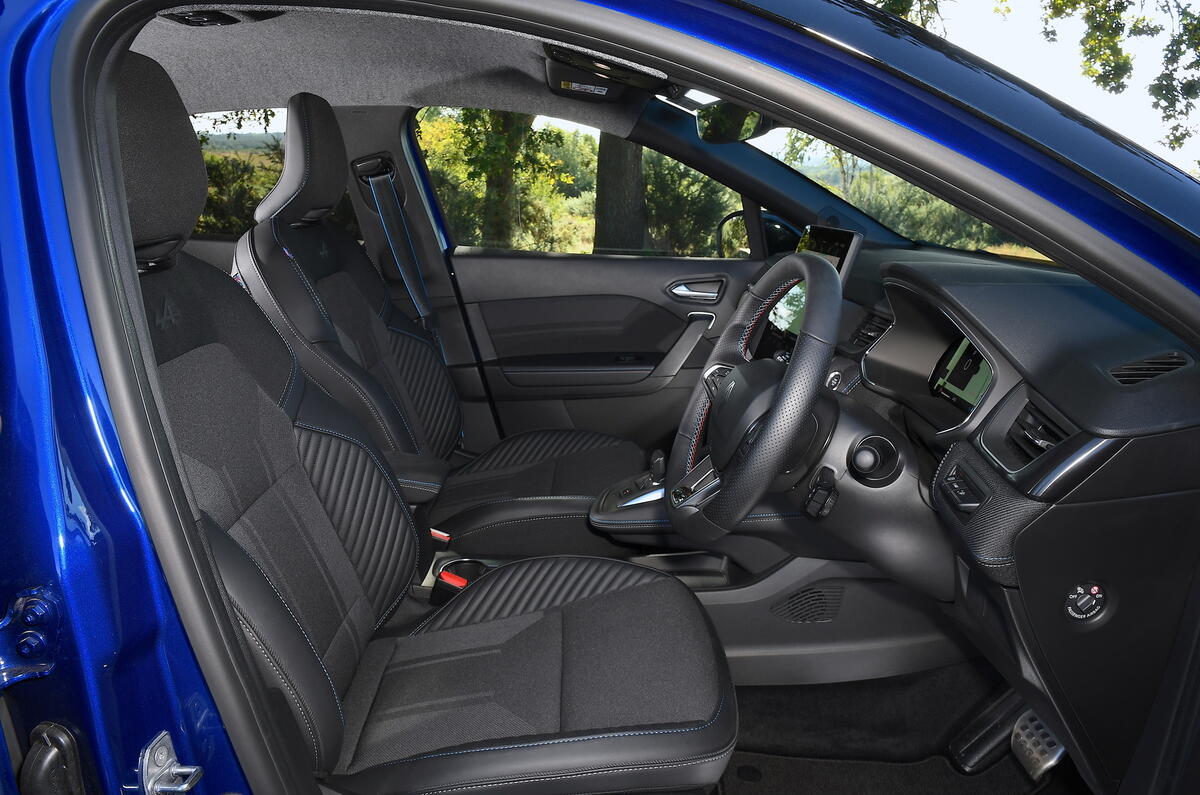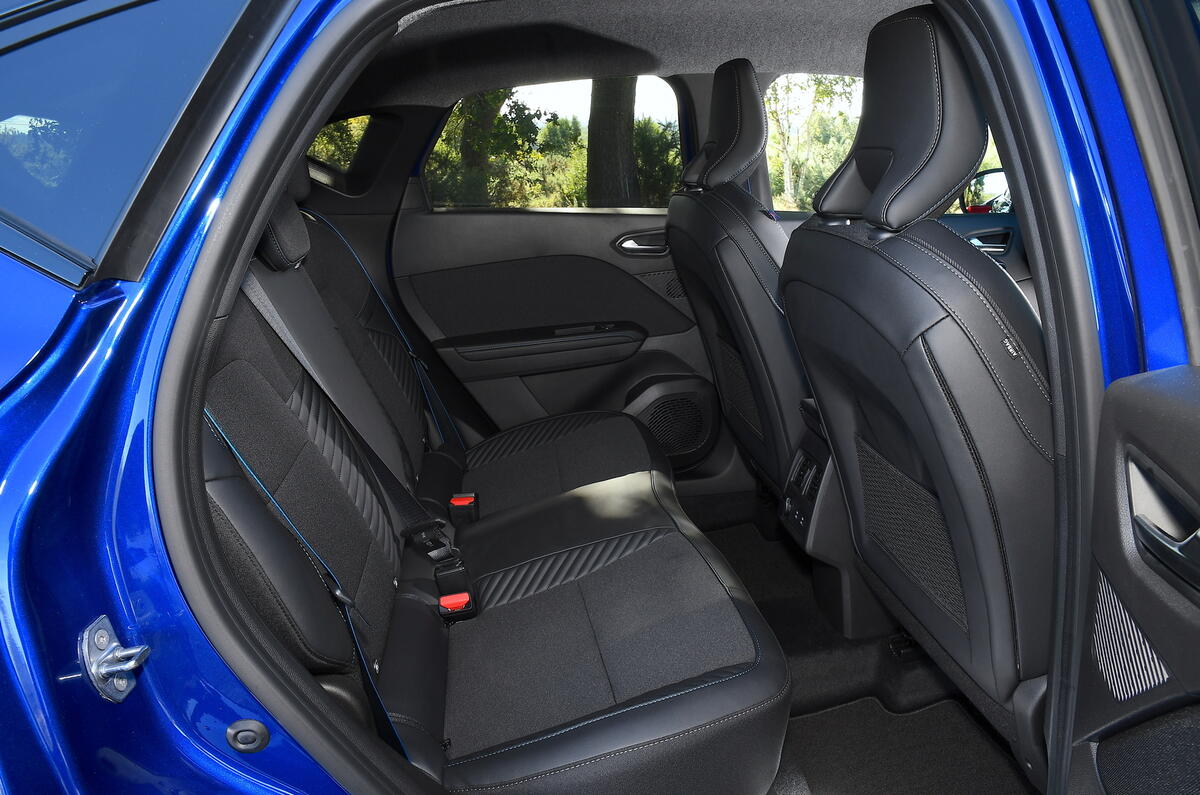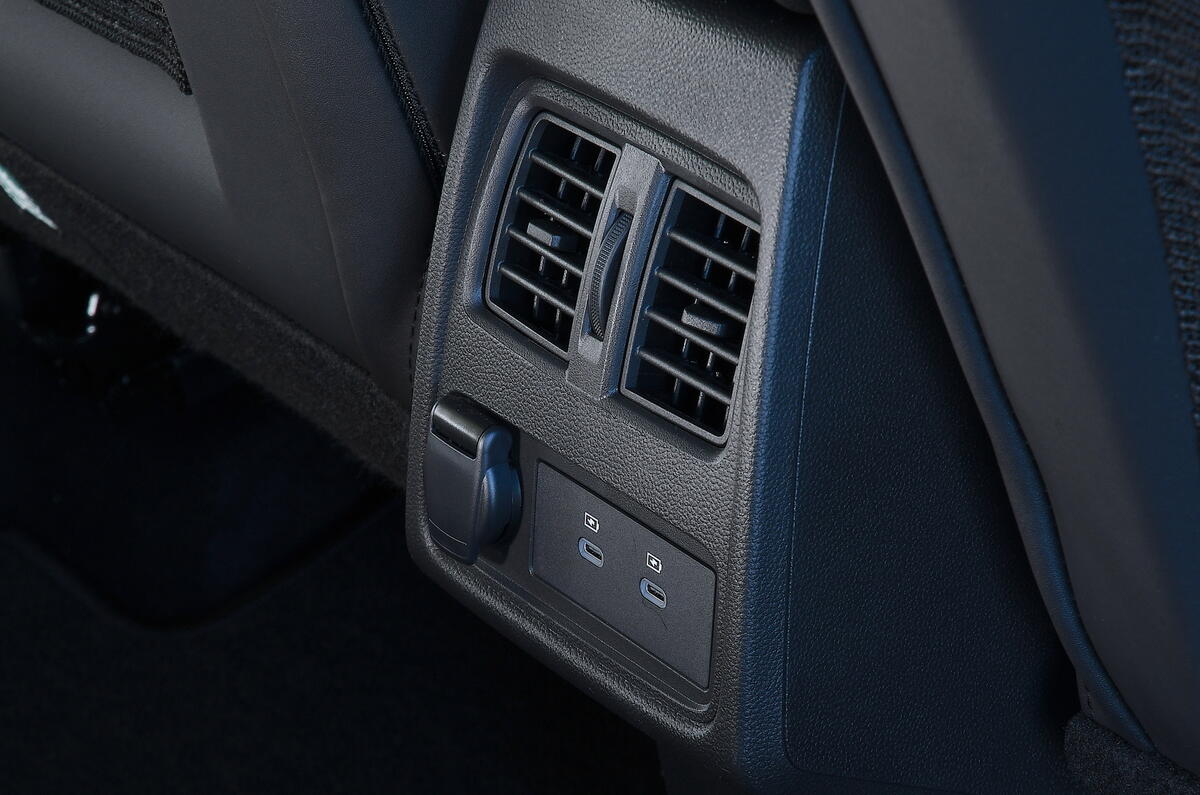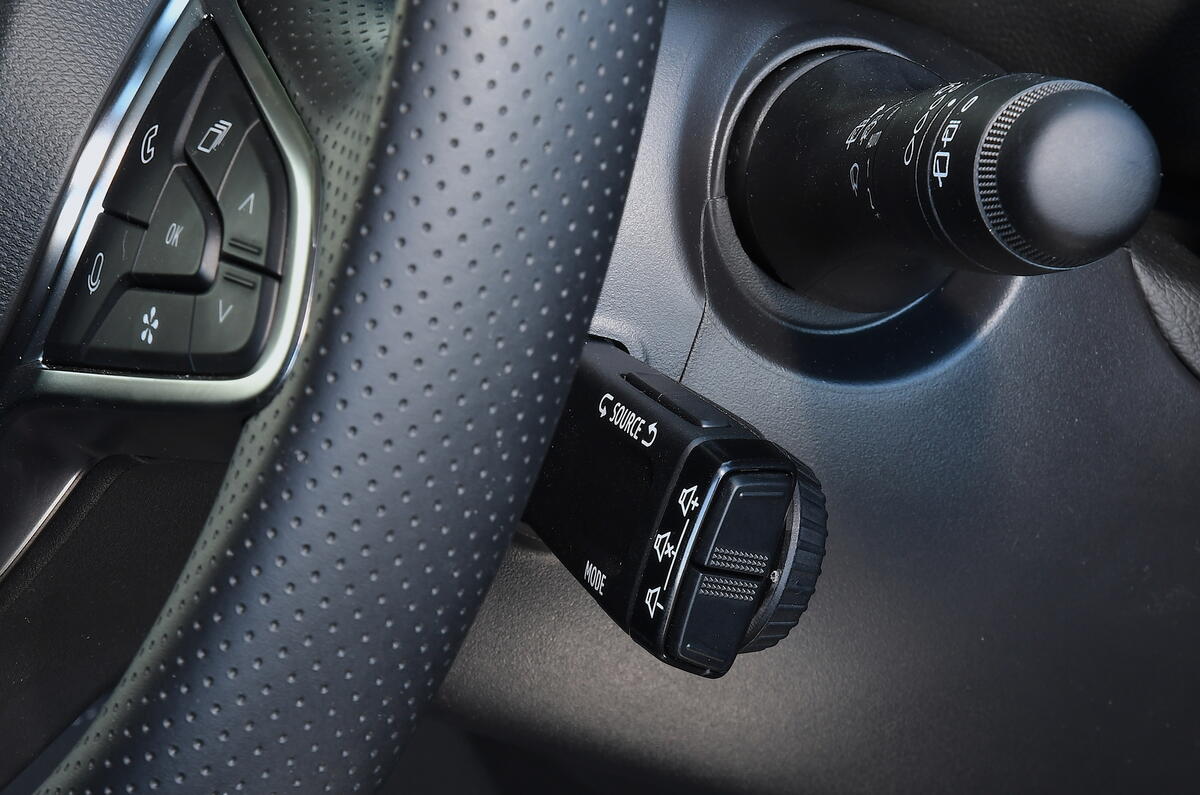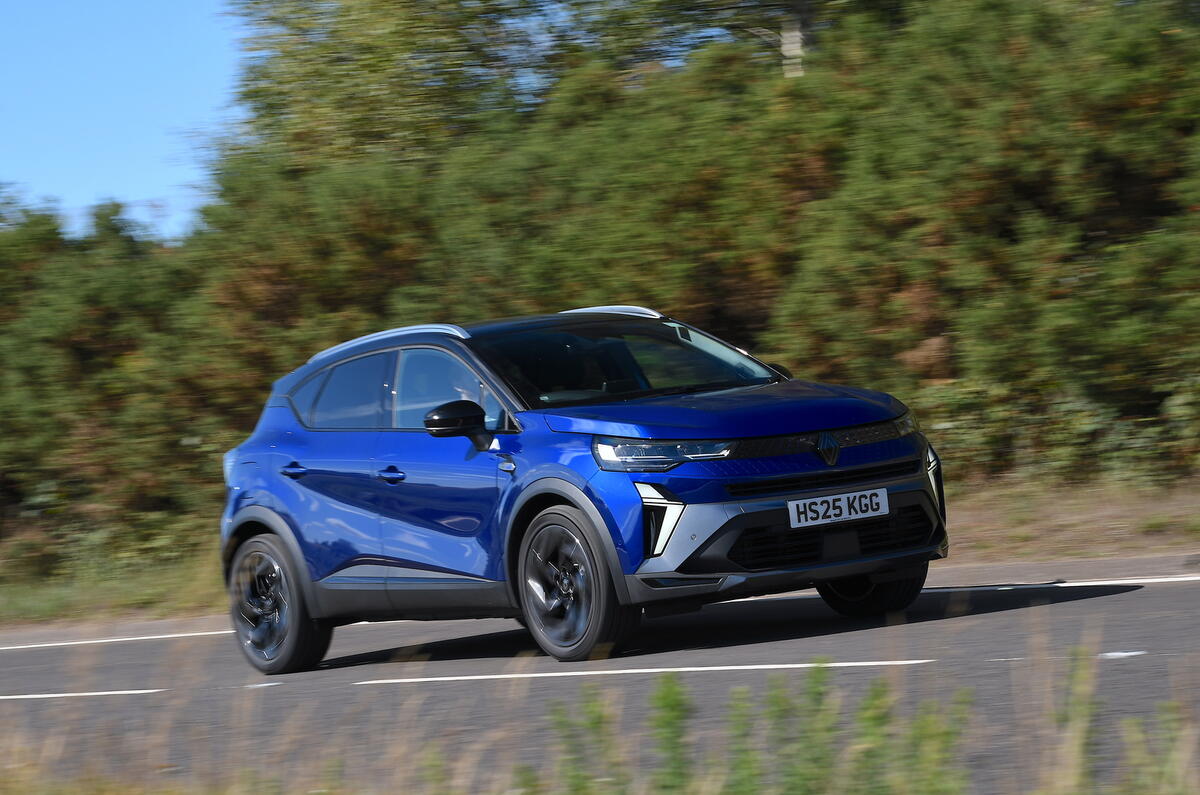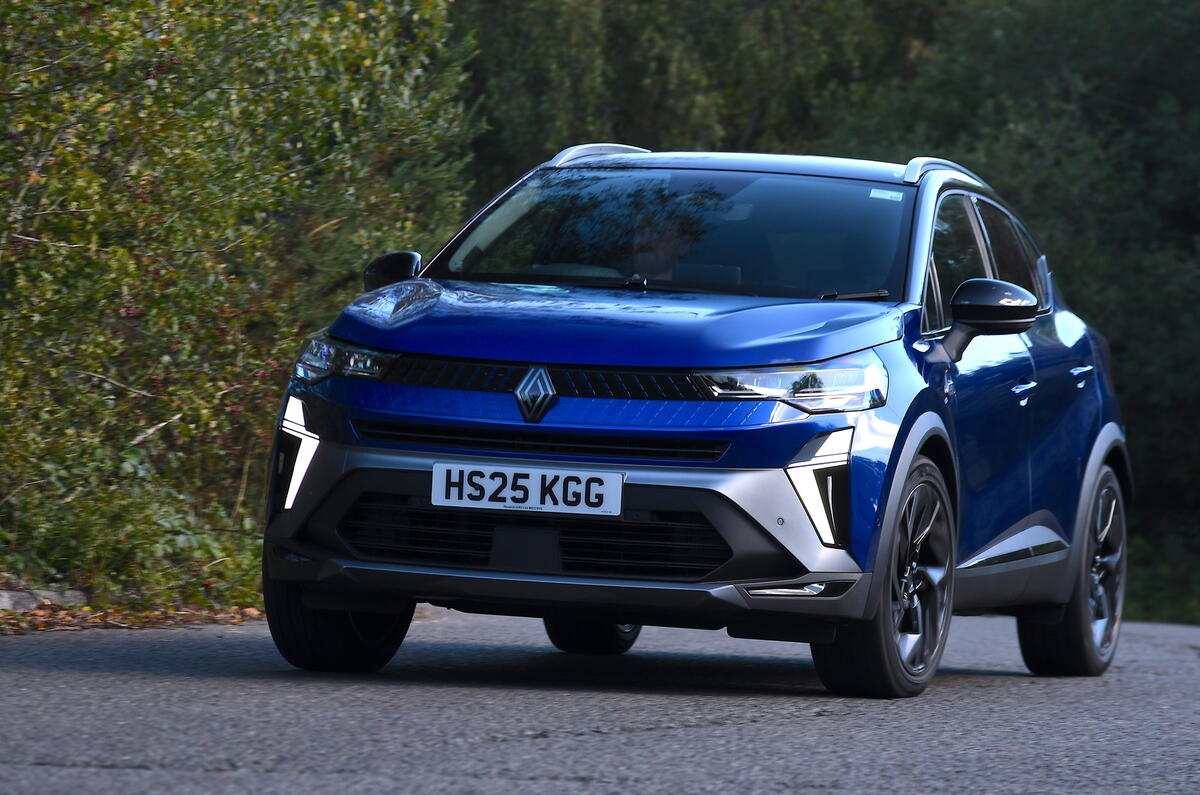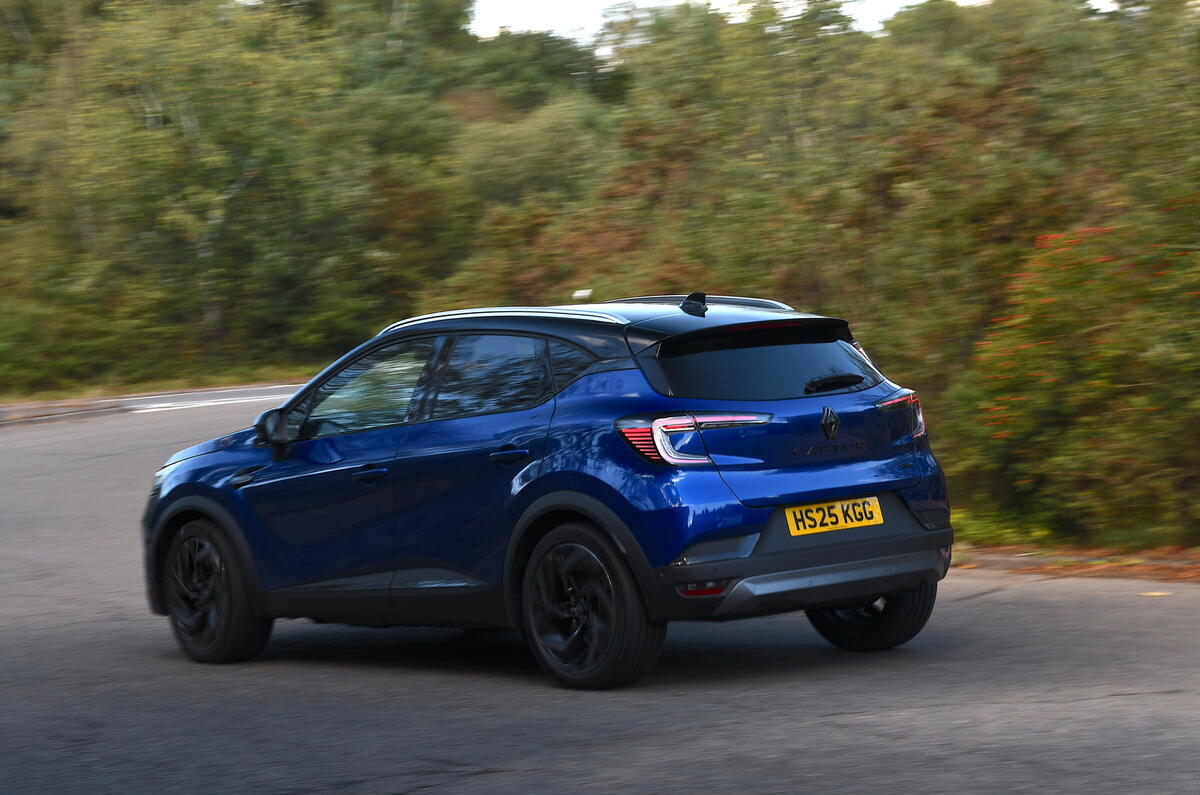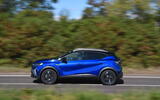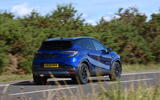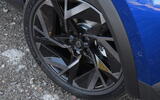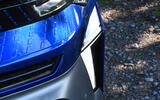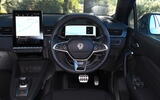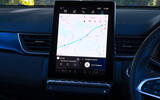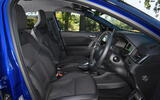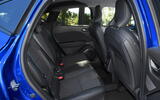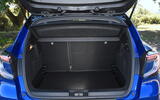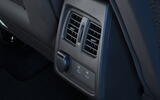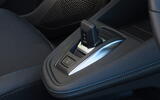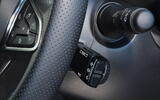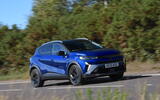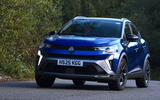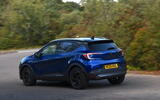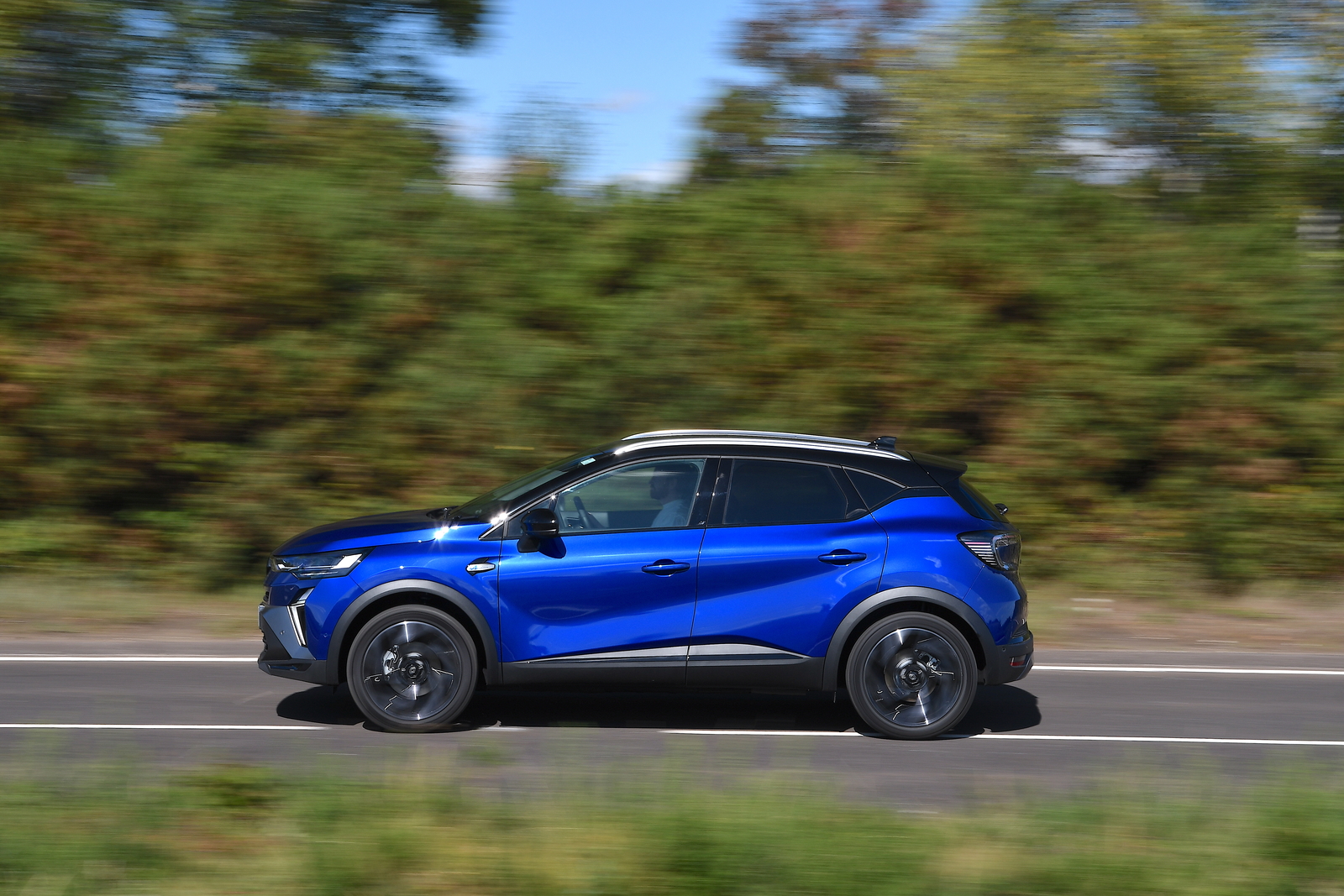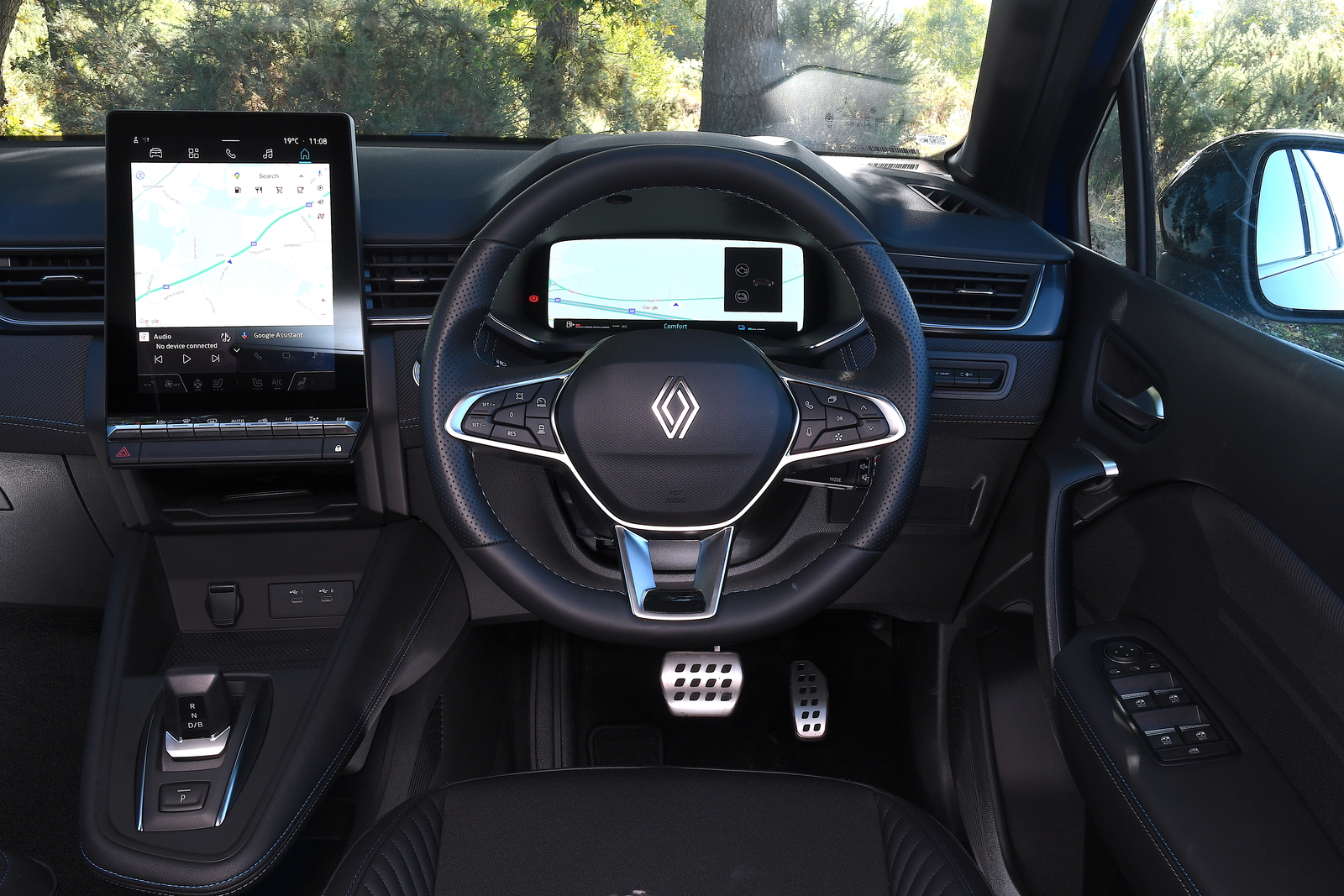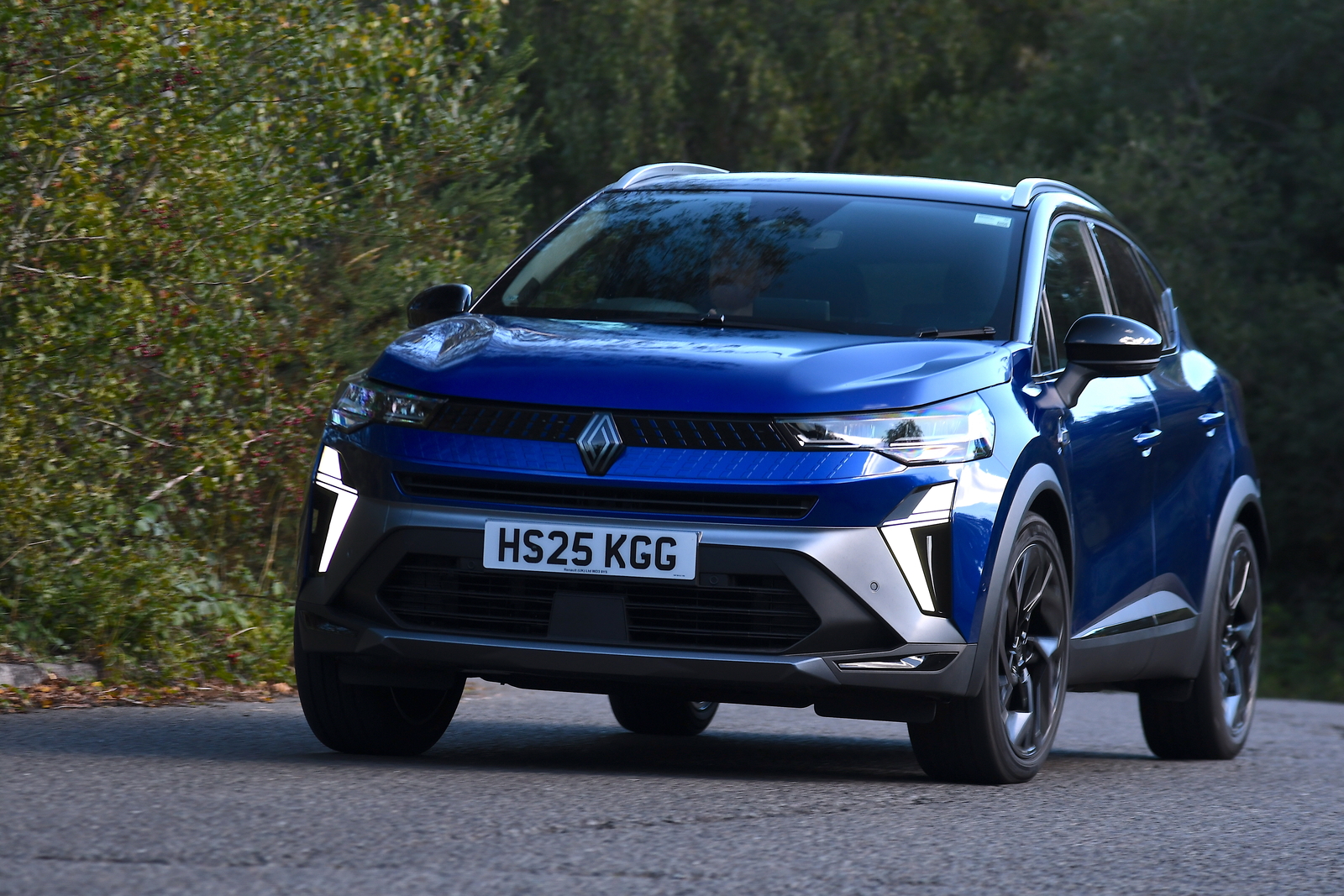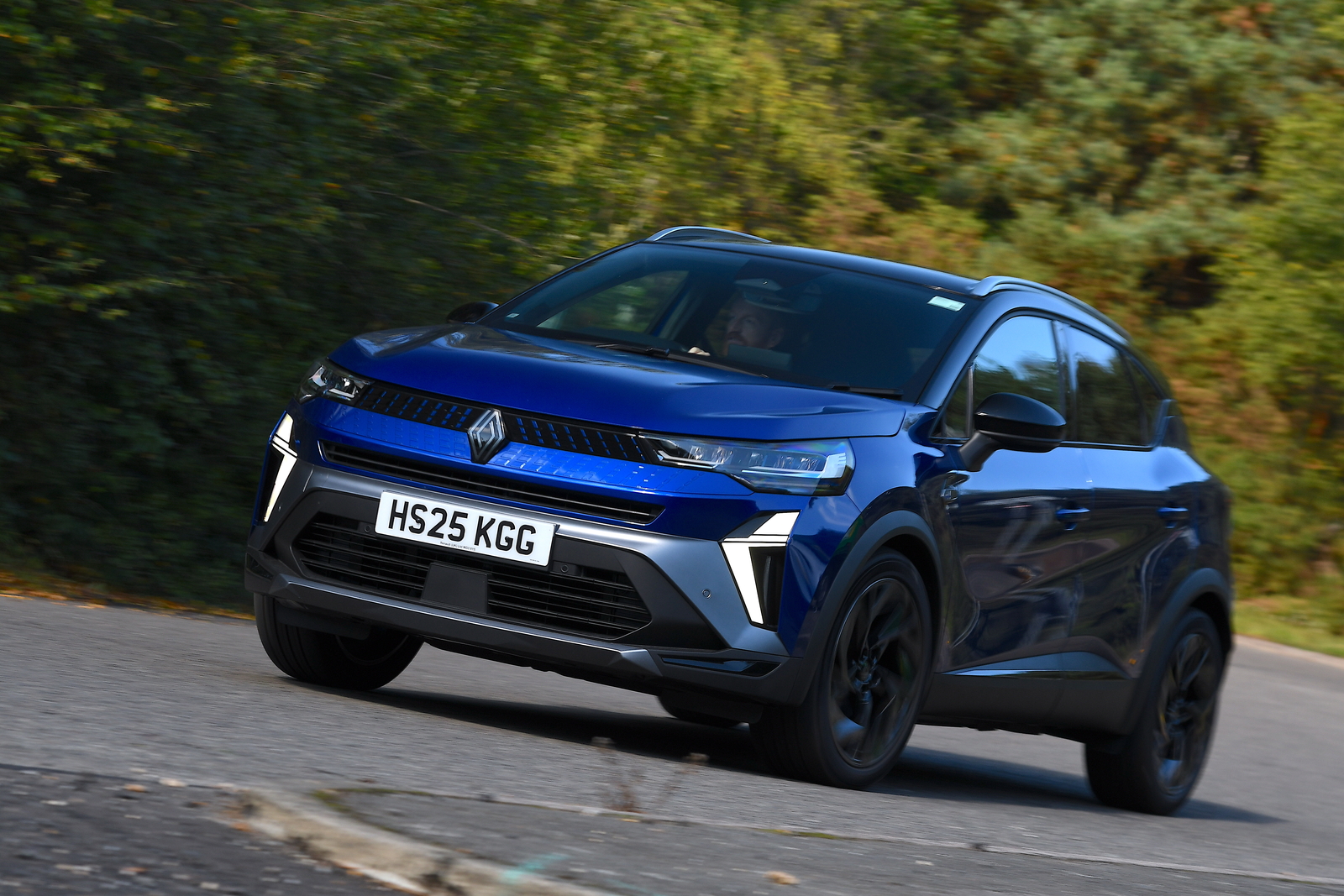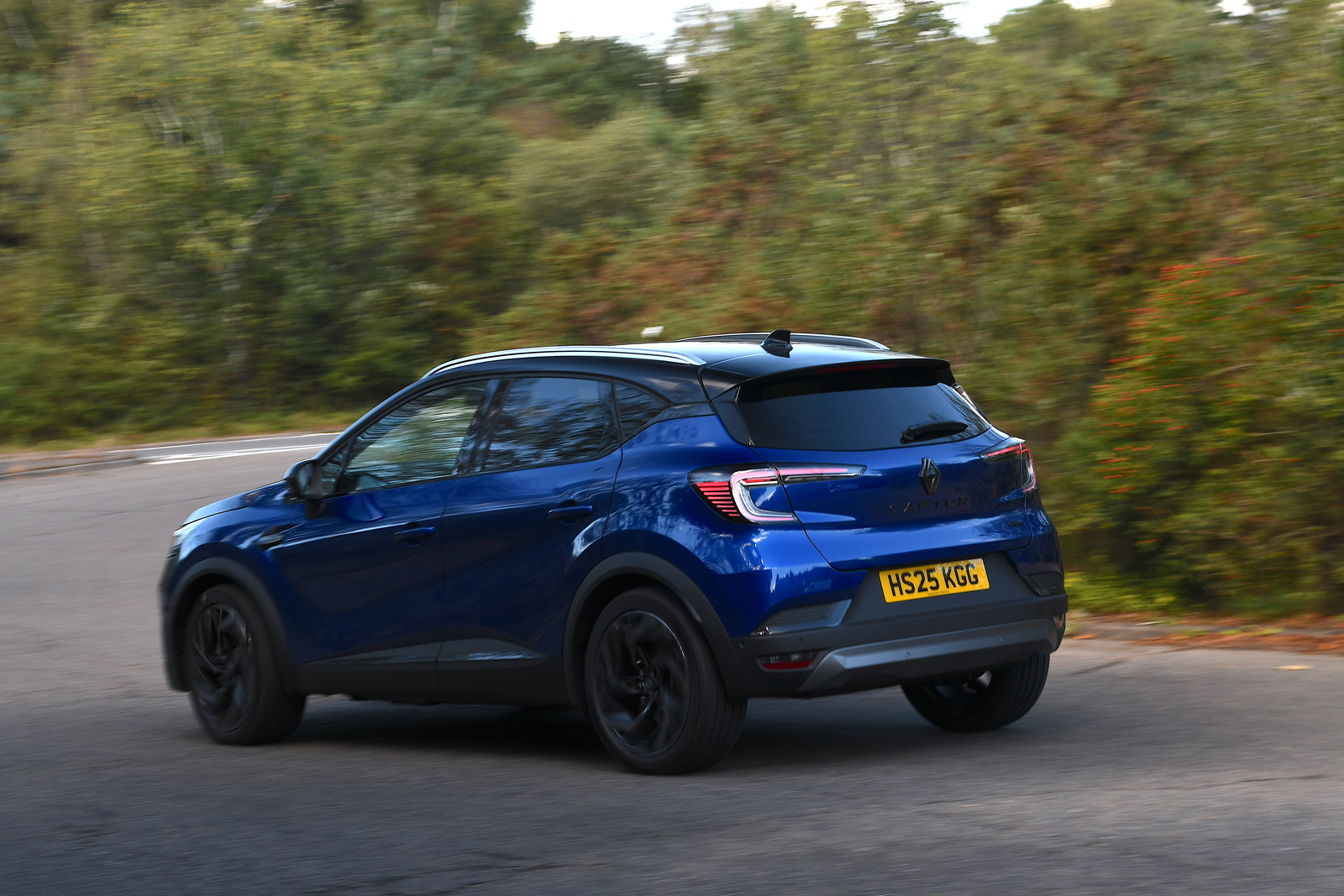Open the driver’s side door and the relationship between this Captur and the Clio is immediately recognisable.
Compared with rivals, this feels like one of the more visually appealing cars in its class. Renault says the upgrades make the Captur "modern" and "upmarket”.
The centrepiece of the cabin is a new 10.4in, Google-integrated, vertical touchscreen that runs Renault's latest OpenR Link infotainment platform, bringing a raft of new connectivity functions and wireless smartphone mirroring as standard.
It's quite easy to use, with key areas such as maps, vehicle controls, phone and music pinned at the top. It's much slicker than its laggy predecessor and its bright and clear display makes map reading from the integrated Google Maps a doddle. Physical volume buttons can also be found on the top of the screen, which is a nice touch.
Downsides come in the form of poor rear camera quality, which really lacks what rivals such as Ford and Hyundai offer.
Renault has – following other car makers – also done away with the climate control dials that once sat below the screen. In its place, as in the Megane, are smaller piano key-style switches that work just as well. The fact that the climate controls are not in the screen itself is a big plus.
Unfortunately, the Captur's interior doesn’t impress consistently under closer tactile inspection; your fingers don’t have to stray too far into the cabin’s lower reaches to discover harder, cheaper-feeling surfaces and fixings.
Our testers found that the shifter for the automatic transmission felt particularly flimsy and brittle, and will loudly recoil and rattle around in its housing if you try to put the car into gear with a quick flick of the wrist.
For something that will be used so often by the driver, that’s a peculiar oversight in a car in which such trouble has plainly been taken elsewhere to boost perceived quality.
The amount of cabin space in the Captur remains some distance off the class leaders. Our tape measure revealed that the smaller Clio offers 40mm more maximum head room than its larger sibling, although neither feels under-provisioned for it.
The sunroof fitted to our test car was partly responsible for this deficit, and would be worth avoiding if you’re catering for taller occupants. For the facelifted model, this comes as standard with Esprit Alpine trim.
Yet in our Techno car, which didn’t feature a sunroof, that lack of head space was still prevalent, mainly due to the seats not allowing a low enough seating position for our six-foot tester. During normal situations, this didn’t translate into any major issues, except that some traffic lights can be obscured.
The car’s second row is big enough for taller adults – but only just. Even with the Captur’s sliding rear bench pushed all the way back (it can slide 160cm), there’s still only 680mm of leg room to be found, while head room is a pretty average 920mm. Admittedly, that’s more than you will find in the Clio; and the car’s raised hip point is not to be forgotten when accounting for ease of entry and exit.
Still, there are at least plenty of useful storage bins and trays dotted around the place. The facelifted car’s upgraded multi-layered console that protrudes from the dash is particularly useful, offering a wireless charging pad and lots of space to stash wallets, phones and keys.
Boot space for the non-hybrid stands at an impressive 484 litres with the back seats in their rearmost position; 616 litres when they are slid forward; and 1275 litres when folded flat.
The hybrid sacrifices boot space to make room for its drive battery - dropping to just 326 litres with the rear seats in their rearmost position.





